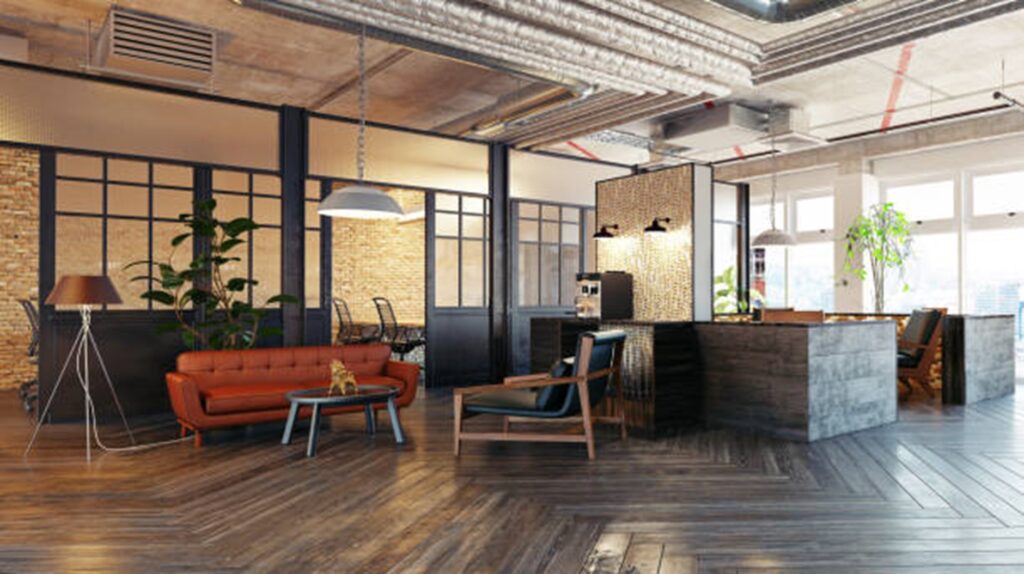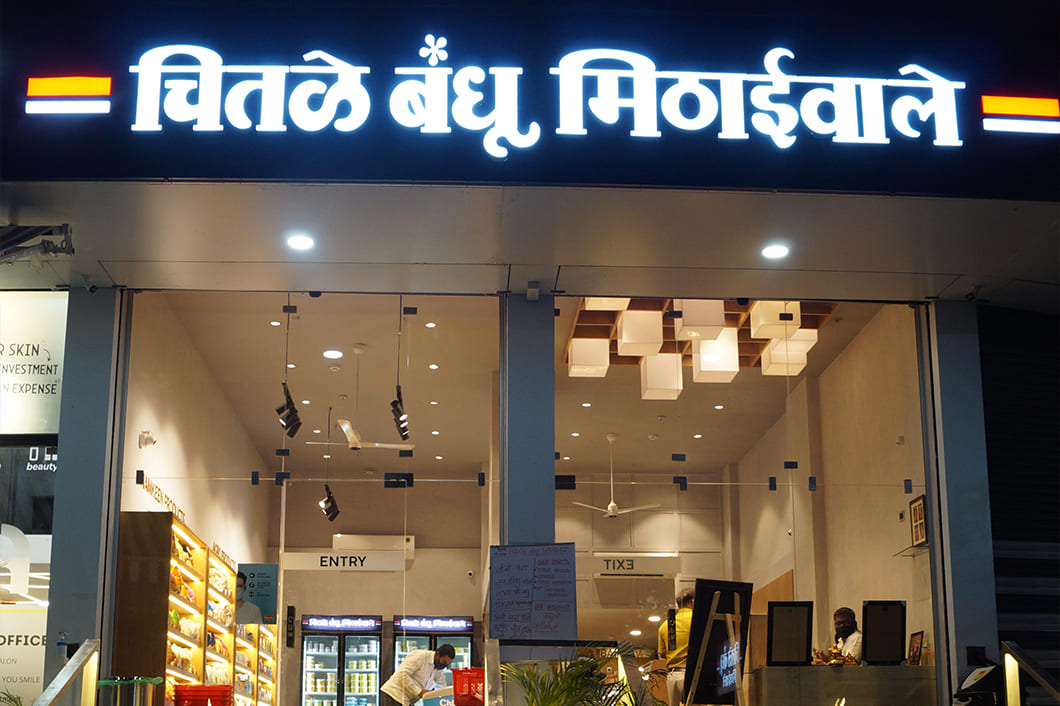In the world of modern corporate office design, one trend continues to gain traction: biophilic design.
As businesses aim to create healthier, more productive, and inspiring environments, incorporating natural elements into workspaces is becoming essential. This design philosophy focuses on reconnecting employees with nature, leading to numerous benefits regarding well-being, creativity, and sustainability.
In this blog, we, the commercial interior designers in Pune, explore how biophilic design is transforming modern office interior design and its key elements and impacts.
Introduction
Biophilic design means that natural aspects are included in the built environment to enhance people’s relationship with nature. Due to the increased understanding of mental health and its impact on productivity at work, several organizations are embracing biophilic design in their contemporary working environments.
With Pune’s commercial interior designers and other concerned design professionals incorporating these trends, biophilic design still defines the future of workplace settings.
Enhancing Employee Well-Being and Productivity
The adoption of biophilic design in corporate offices is associated with a large enhancement in employee health and efficiency. Experts have found that access to plants, natural light, and fresh air can decrease stress levels within an individual, increase focus, and boost creativity.
For that matter, research shows that biophilic environments could boost employee production by as much as 15%. The introduction of elements that are borrowed from nature, such as plants, wood, and stone results in a decrease in mental exhaustion scientifically.
With the improvement of the workplace environment, those biophilic design trends in 2024 are going to facilitate positive impacts on job satisfaction and productivity.
Key Elements of Biophilic Design in Corporate Offices
When it comes to integrating modern office biophilic design principles, several key elements play a pivotal role in reshaping work environments:
- Natural Light: The adoption of more natural lighting coming in the form of big windows, skylights, or even internal facades enhances mood and energy propelling.
- Indoor Plants and Green Walls: Bringing plants into interior spaces, in the form of flower pots or even large green walls, beautifies a space and purges the air.
- Water Features: The presence of the sound of water gives a soothing effect, so, biophilic features that include water body designs like fountains or indoor garden ponds are common.
- Natural Materials: The use of organic items such as timber, bamboo, stone, and wool improves the decor quality of a place.
- Views of Nature: When feasible, the arrangement of offices in a way that allows individuals or groups of workers to have distant glimpses of outdoor environments such as parks or corporate greenery, and green roofs can be useful to lessen stress.
- Biomorphic Forms: When people have organic curves and patterns in the desks and other furniture and designs on the wall or photographs, people feel at ease because everything looks like it came from nature.
They help businesspeople establish the 2024 biophilic design trends that combine appearance and practicality to foster employee interest.
Must Read: The Future of Office Interiors: Trendsetting Design Ideas for a Modern Workspace
Biophilic Design and Sustainability
Adapting biophilic design to corporate offices is not only advantageous for the worker but also for sustainability measures as well. In addition, fractures such as green roofs and indoor plants will enhance air quality, and temperatures, and reduce noise.
Sustainability seems to have emerged as one of the prime preoccupations for commercial interior designers in Pune. Buildings with biophilic office design are known to consume relatively little energy especially where natural lighting and air are incorporated.
It results in a reduction of both the operational costs and the carbon profile greatly. Numerous organizations are also aiming towards green building certifications including a LEED as well as aim towards biophilic design as a way of being environmentally conscious.
Designing For Collaboration and Creativity
It is also important to explain that biophilic design does not only affect individual health but also organization cultures and teamwork zones. Companies should learn from the open environment provided by nature and subsequently spread this kind of work culture to provide enhanced creativity.
The spaces for interaction include workplaces or meeting rooms and should be open and designed from natural materials, with windows to nature. Workers are least likely to feel pressured or nervous and are most willing to freely express themselves when the environment is natural.
Case Studies: Biophilic Design in Action
Many organizations have later adopted biophilic design proving how it transforms organizational culture and productivity.
- Amazon’s Spheres (Seattle, USA): These glass domes contain thousands of plant species Some of the large iron and glass structures that surround higher terminal poles contain thousands of plant species giving the Amazon employees a chance to work in a green environment. There is a serious benefit for employees; at the same time, it shows how nature and technology are not mutually exclusive.
- The Edge (Amsterdam, Netherlands): Called the most sustainable building in the world, The Edge employs biophilia strategies such as natural light, plants, and sustainable materials. These features contribute towards making the office space efficient and warm depending on one’s preference for style.
- Infosys (Pune, India): This office has well-developed sections of its campus introducing green modes of work and dwelling. Through natural airflow, green roofs, and a lot of greenery, the company has incorporated the philosophy of biophilia for its employees’ benefit and came through as a beautiful structure.
The examples elucidate the points that biophilic design trends have now emerged as essential if one wants to give shape to a meaningful and futuristic workplace.
Conclusion
Biophilic design in corporate offices is not just a new fashion trend but a concept that reflects the sustainable approach to designing healthier and more efficient workspaces. With increased adoption of the principles highlighted above companies stand to benefit from increased health and well-being of their employees, higher innovation, and better interaction with natural systems.
Must Read: Future-Proof Your Office: Designing for Tomorrow’s Workforce




